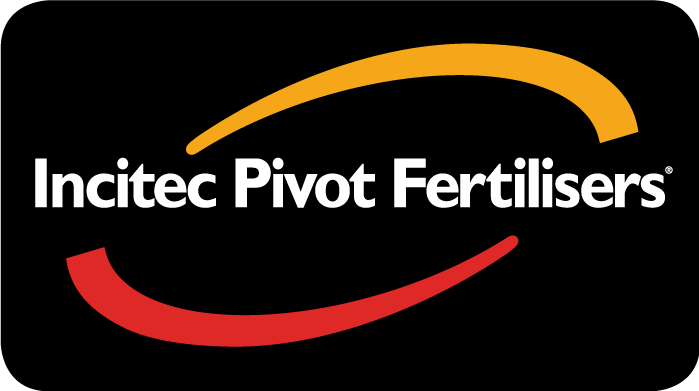IPF invests $2.5M to expand fertiliser access in the MIA
Feb 13, 2025Incitec Pivot Fertilisers (IPF) has boosted grower access to fertilisers in the Murrumbidgee Irrigation Area (MIA) of New South Wales following completion of a $2.5 million investment in its Whitton EASY Liquids facility.
The upgraded Whitton facility was officially opened yesterday and attended by growers, IPF customers, and agricultural industry stakeholders.
IPF President, Scott Bowman, said IPF's investment in the Whitton EASY Liquids facility included the establishment of an on-site tank farm, increasing capacity by approximately 30% to 5 million litres.
"The self-bunded, self-contained tank farm consolidates storage on-site, reduces handling, and enables direct dispatch of finished product,” Mr Bowman said.
"The increased storage will deliver improved efficiencies for growers in the region and ensure reliable, year-round access to key inputs that support top yields across all seasons.
"By delivering targeted solutions, this upgrade bolsters the productivity, competitiveness, and long-term success of growers in the MIA and beyond.
“Whitton supplies an agricultural area spanning across a radius of about 300 kilometres, taking in one of the most diverse and productive regions in Australia.
"Broadacre farmers including cotton growers as well as growers of permanent plantings in the region such as almonds, walnuts, citrus, and grapes, will directly benefit from the Whitton investment.
"The Whitton facility upgrade demonstrates IPF is delivering on our commitment to invest in manufacturing in regional Australia and enhance the local distribution points for liquid fertilisers to key agricultural markets."
IPF is also investing in on-farm research and development in the region.
At the nearby Irrigation Research and Extension Committee (IREC) demonstration site, IPF is undertaking field trials in cotton to assess the potential benefits of treating pre-plant nitrogen (N) with eNpower (DMPG), IPF’s nitrification inhibitor.
High rates of pre-plant N can be subject to large losses if conditions become wet to very wet in the fallow or from the first two to three in-crop irrigations.
Losses of N either reduce grower profitability through lower yields or result in high fertiliser rates to compensate for the loss. The loss of N as greenhouse gases such as nitrous oxide (N2O) also impacts the environment.
ENDS
For media enquiries:
|
Media Johnny Sollitt-Davis e: johnny.sollitt-davis@incitecpivot.com.au
Melissa Aisthorpe SEC Newgate Australia e: melissa.aisthorpe@secnewgate.com.au
|
